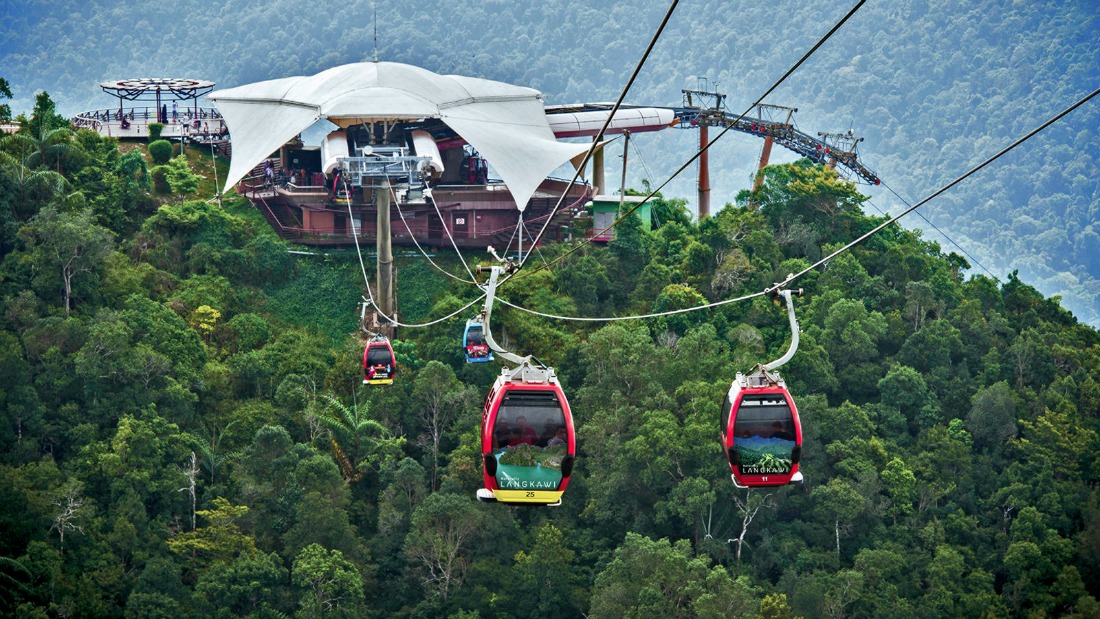The Philippines, a beautiful country with a population of over 100 million people, is known for its scenic landscapes, beautiful beaches, and rich cultural heritage. However, the country has long been struggling with inadequate infrastructure, which has hindered its economic growth. One of the key solutions to this problem lies in ropeway engineering.
A ropeway, also known as a cable car or gondola, is a system of cables, towers, and cabins used to transport people or goods from one location to another. This technology has been used in many countries around the world to connect urban areas to remote regions, making transportation easier and more accessible.
In the Philippines, ropeway engineering could be the key to unlocking economic growth by providing a cost-effective, efficient, and environmentally friendly mode of transportation. The country has many remote areas, which are difficult to access by traditional means of transportation, such as roads or railways. Ropeways can help to connect these areas to urban centers, making it easier for people to access services and goods.
For example, a ropeway system could be used to connect remote farming communities to markets in urban areas. Farmers could use the ropeway to transport their goods to the market quickly and efficiently, without the need for expensive trucks or other forms of transportation. This would not only benefit the farmers, but it would also help to stimulate the local economy by providing access to fresh produce.
Ropeway systems could also be used in urban areas to alleviate traffic congestion and reduce air pollution. Many cities in the Philippines are experiencing rapid urbanization, which has led to overcrowding and traffic congestion. Ropeways could provide an alternative mode of transportation for commuters, reducing the number of cars on the roads and improving air quality.
Moreover, ropeway engineering has a lower carbon footprint than traditional forms of transportation, making it an environmentally friendly solution. Ropeways require less energy to operate than other modes of transportation, such as buses or trains, which use fossil fuels.
Ropeway engineering also has the potential to boost tourism in the Philippines. The country is known for its stunning natural landscapes, and ropeway systems could provide tourists with a unique and memorable way to experience these attractions. For example, a ropeway system could be used to transport tourists to a mountaintop resort, where they could enjoy panoramic views of the surrounding area.
Takeaway
To sum up, ropeway engineering presents a compelling solution to the infrastructure challenges facing the Philippines today. With its ability to connect remote communities to urban centers, reduce traffic congestion and air pollution, and provide a sustainable mode of transportation, ropeway systems have the potential to unleash economic growth in the country.
Moreover, by investing in ropeway infrastructure, the Philippines can create job opportunities and stimulate local economies, particularly in remote and underdeveloped regions. It can also help the country address its social and environmental concerns by improving access to basic services, reducing carbon emissions, and promoting sustainable tourism.
Ropeway engineering is not only an innovative solution to the country’s transportation needs but also a symbol of progress and development. As the Philippines looks to build a resilient, inclusive, and sustainable future, investing in this technology can help to propel the country towards achieving its economic and social goals.
In conclusion, the potential benefits of ropeway engineering for the Philippines are vast and far-reaching. By embracing this technology and investing in its development, the country can unlock new opportunities for growth, prosperity, and sustainable development, ultimately improving the lives of its citizens and creating a brighter future for generations to come.











